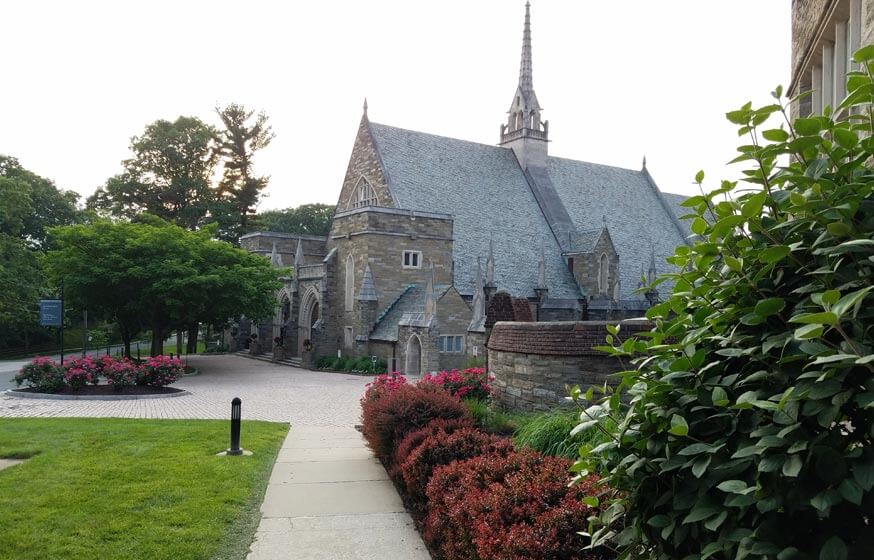

Not only is Harvard dominant across a broad spectrum of fields, it is also ideally situated to work alongside a variety of other schools. It boasts the largest academic library in the world, leading medical, law, and business schools, and an alumni network integrated across the globe. The school has produced 49 Nobel laureates, 32 heads of state, and 48 Pulitzer Prize winners. But there is more to Harvard than massive wealth. Today, the school possesses over $35.7 billion and its fortune is still growing. Under financial guru Jack Meyer’s management, the school’s endowment grew from $4.6 billion to $25.8 in 15 years. It is the oldest school in the world’s richest nation, and has capitalized on the benefits this grants. No school in recent history has challenged its position as the world’s premier academic institution. Harvard University ranked #1 on The 100 Best Universities in the World Today!Harvard University is the standard by which all other research universities are measured. These are the highest-ranked public colleges and universities in the 2018 Best Colleges rankings, listed according to their ranking category.

Public schools run the gamut from small liberal arts colleges to large research institutions. As a result, these universities often offer discounted tuition to residents of their states. Public colleges and universities typically operate under the supervision of state governments and are funded, in part, by tax dollars and subsidies from the state. National Autonomous University of Mexico.University of North Carolina at Chapel Hill.University of North Carolina at Chapel Hill University of Illinois at Urbana-Champaign Massachusetts Institute of Technology (MIT) 1 Top 100 Best Universities in the World Today - 2019/2020.The May Day traditional celebrations last all-day on the Sunday after classes end and there are numerous events put on by the students, including plays, a parade, and a concert. Parade Night, a celebration after having completed the first week of classes, is the first of the academic year, while Lantern Night, where sophomores present first-year students with lanterns in their class colour, follows shortly afterwards. University traditions are a big part of student life at Bryn Mawr College. It is widely regarded as one of the United States’ most scenic college campuses. There are several halls of residence, each named after a different Welsh town, as well as a 135-acre arboretum, a memorial garden, a theatre, and several libraries.

The Bryn Mawr College campus is home to most students, will a small proportion choosing to live off-campus. More than 40 majors and over 50 minors and concentrations from a diverse range of study fields are available to students, and longstanding partnerships with Haverford and Swarthmore Colleges, as well as the University of Pennsylvania, allow Bryn Mawr students even more study opportunities. Today around 1,300 undergraduate women are enrolled, while the co-educational graduate school has more than 400 male and female students. The college shares its name with the town of Bryn Mawr – meaning ‘big hill’ in Welsh – where it is located. The university was the first college in the United States to offer graduate education through to PhD level for women. Founded in 1885, this private institution is part of the Seven Sisters association, one of seven liberal arts colleges that are historically women’s colleges.


 0 kommentar(er)
0 kommentar(er)
